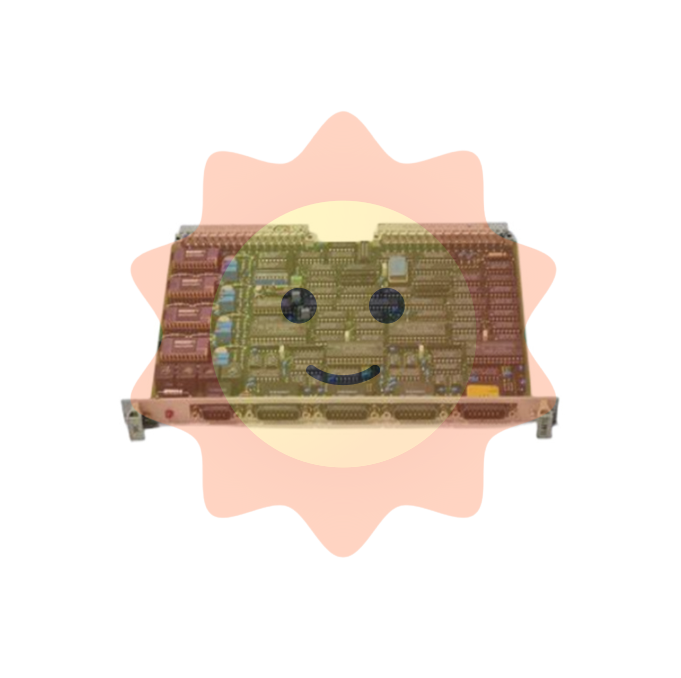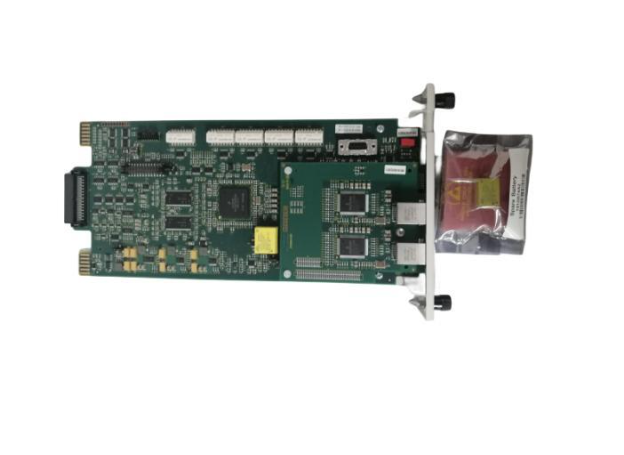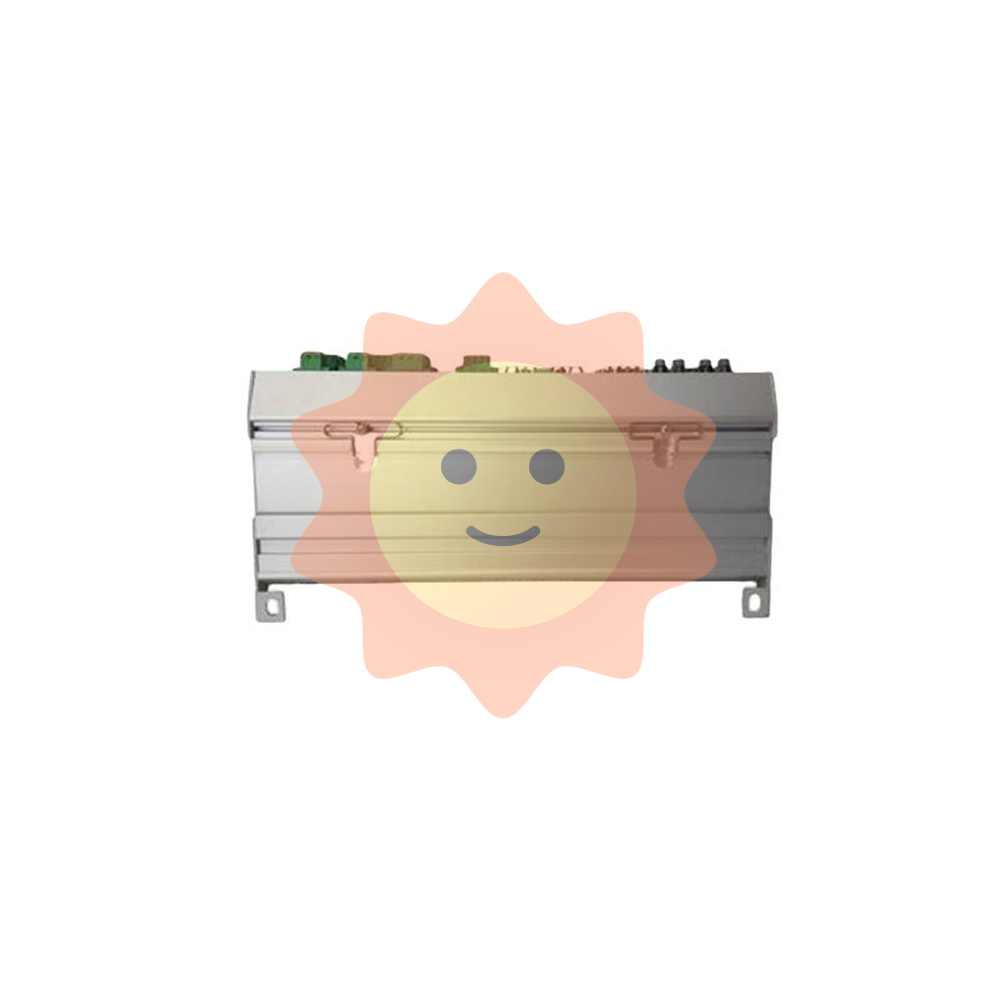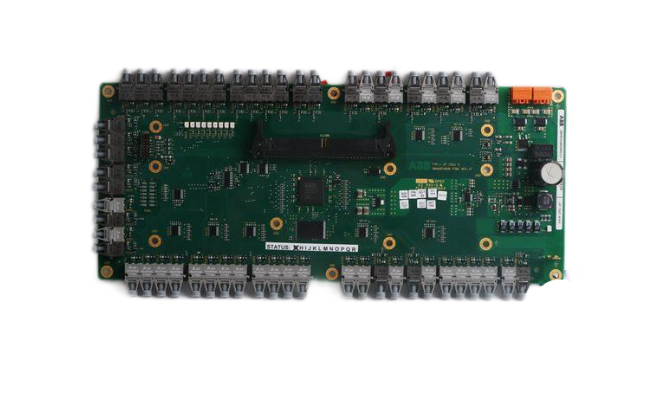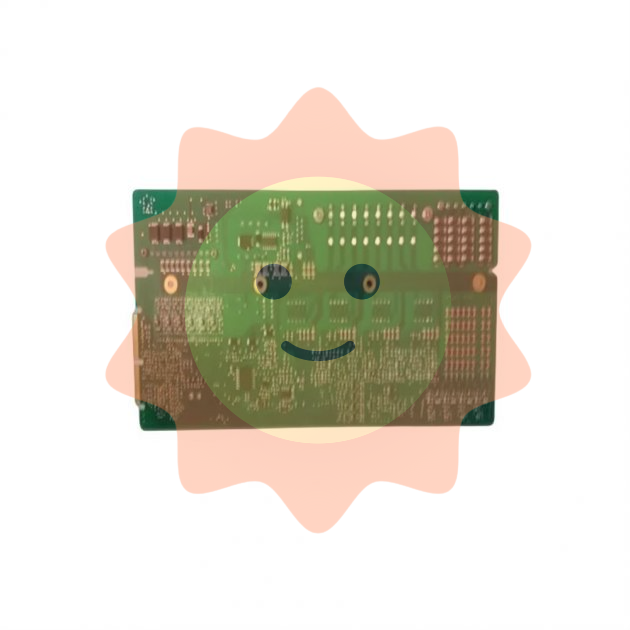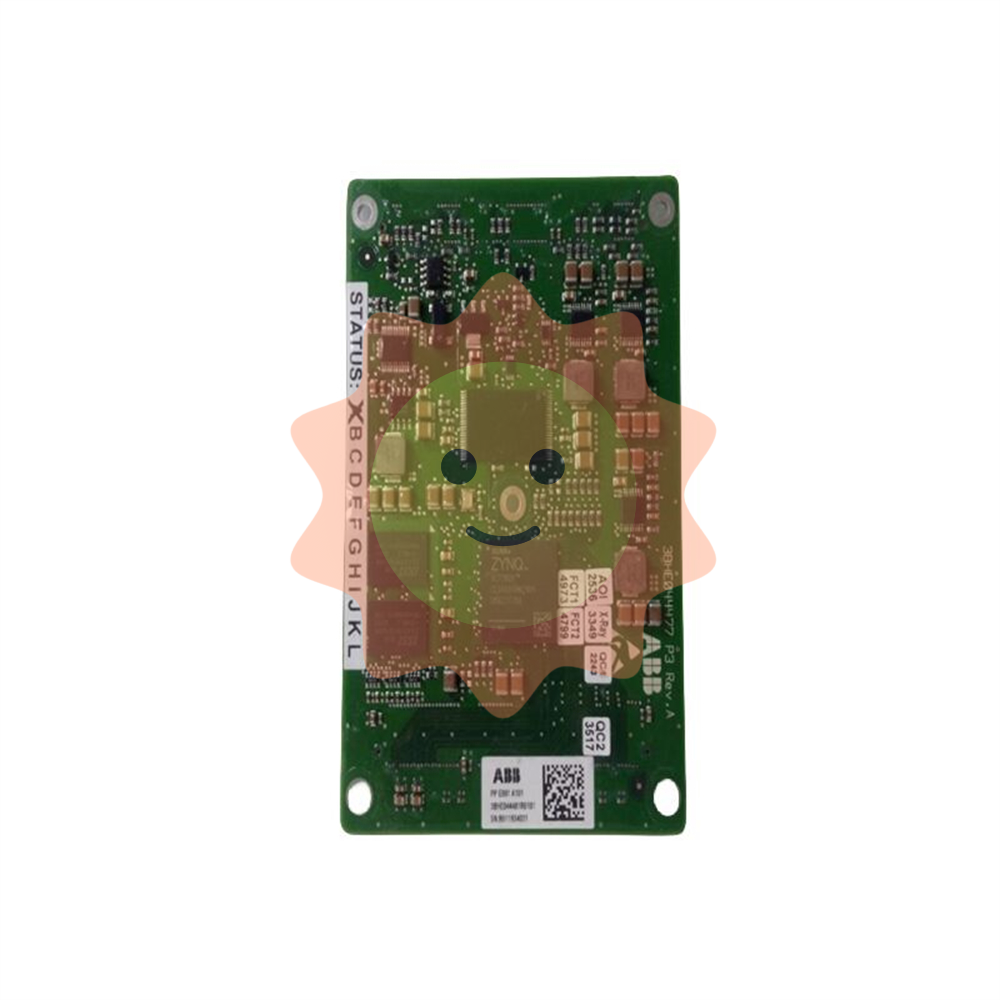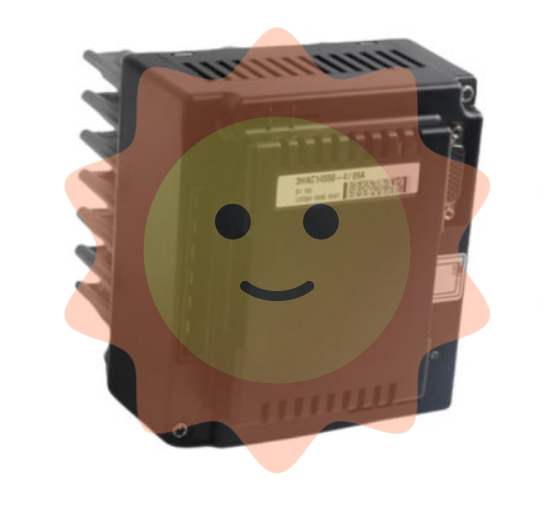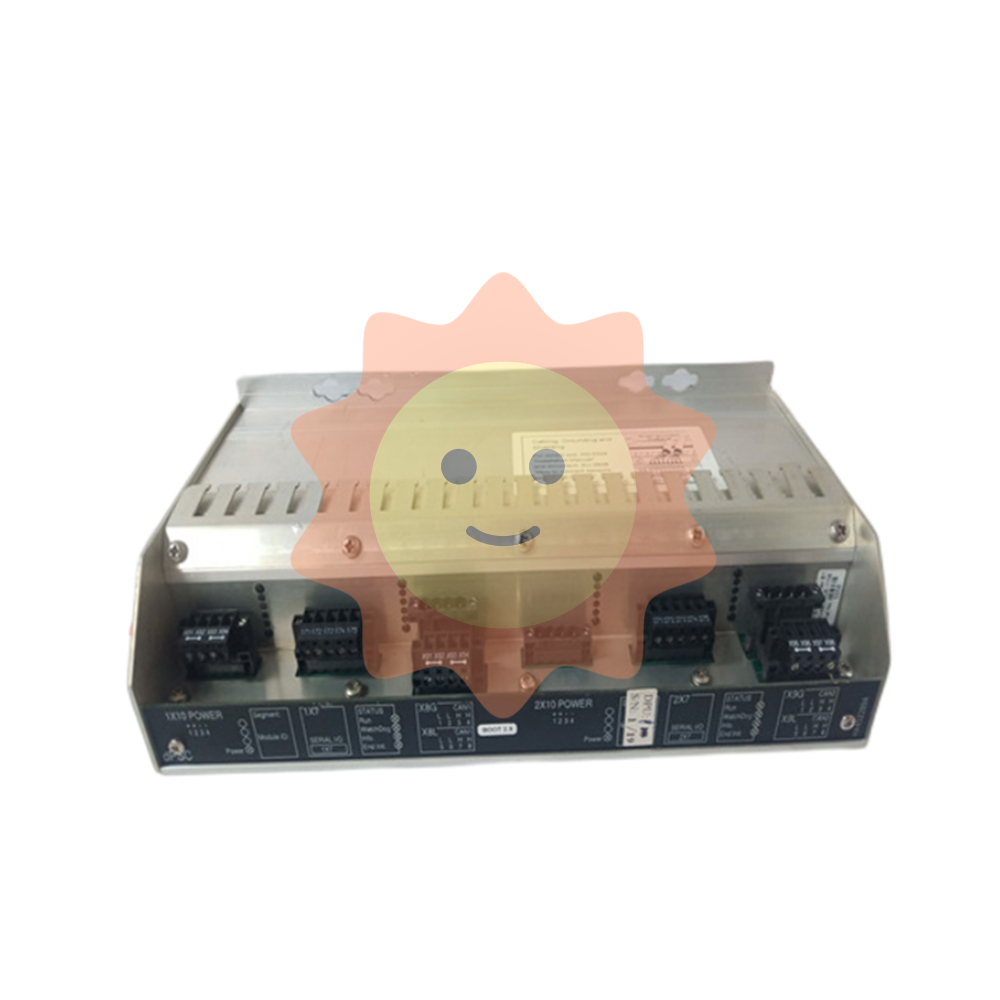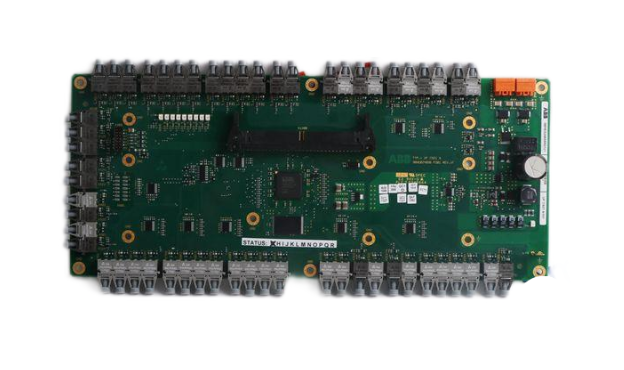Seven unavoidable errors in the printing industry
3. Color error:
There are three kinds of color error, the first is the print and proofing color deviation; The second is that the color of the same batch of printed matter is inconsistent to a certain extent; The third is that there is a deviation between the color of the product printed in the print and the actual color itself. The first difference is that we usually say that the printing can not catch up with the proofing, and the reasons have been discussed above, such as ink problems, paper problems, and dot reduction problems.
For this difference, the printer should try to trace the sample, if the difference is very large, it should inform the customer in time, and the customer will sign the sample in person. The second difference is also an objective existence, the printing machine itself has been difficult to solve the problem. We know that in the printing process of the printing press, ink inking is a dynamic balance process, in the printing process, when the ink on the ink roller is reduced to a certain extent, the printer will automatically ink to compensate. The "certain degree" here will directly lead to a deviation in the color of the finished product printed at the front of a batch of printed parts and the finished product printed at the back. The third difference is actually a matter of psychological expectations.

We have encountered a customer, claiming that the color of the printed product is not completely consistent with the physical product itself, which is harmful to the company's image and even affects the company's order, and we think that its color deviation is acceptable. For this situation, it should be said that this deviation is objective and can not be entirely attributed to the quality control of the printing plant. We mentioned earlier that, to be exact, the color of the printed product is impossible to be completely consistent with the proofing, not to mention the ink color deviation will occur inside the same batch of prints. Proofing is only because it comes out first, it can be used as a reference standard, and customers may preconceive that proofing is good and right.
In this case, we generally consider the color of the product picture first, then the color of other pictures, and finally the decorative color bar or color block when printing. For the printed samples used for ordering, we recommend that customers add a note below the printed matter: "The color in this printed matter is for reference only, the color is subject to the actual object" to avoid unnecessary disputes.
4. Paper error:
Due to the problem of papermaking process, the brightness, thickness and texture of the same paper produced by different papermaking manufacturers will be different. For example, the same gram of coated paper produced by Zixing, Daewoo and Jin Dong three companies has different textures, and of course, the difference is not too big. Another example is Asia-Pacific offset paper, the fineness and whiteness of the paper are better than other domestic manufacturers, but the price is also about 50% higher.
In addition, the same gram of paper produced by the same manufacturer, due to different factory times, may change slightly in the production process, plus acceptable errors and other reasons, its brightness, thickness, texture is also different. In fact, in the label of each batch of paper purchased by the printing plant, the paper factory has made such a declaration in advance, requiring that it cannot be mixed with previous paper, so as to avoid bias in user comparison. For the printing plant, it should provide the customer with the printed product sample to be used before each printing, and put it into printing after being confirmed by the customer to avoid such disputes.
5. Printing machinery error:
The error of printing machinery is reflected in two points. One is the overprint accuracy problem, the other is the ink color problem. We know that color printing is actually a four-color overprint, that is, red, yellow, blue, black and four colors superimposed together, and the content of the overprint is reflected on the film, which is the dot we mentioned earlier, in popular terms, is a small dot.
According to China's printing machinery industry standard, the registration accuracy of the printing press, that is, the superposition accuracy of the network is 0.033mm, the actual mechanical accuracy is generally higher than this standard, mostly 0.01mm, of course, there are also some printing machinery for 0.1mm (mostly monochrome machine). But even so, if you use a 40-fold magnifying glass to observe the printed product, you can still see that the superposition of its dots is deviated. Therefore, in the process of the handover of printed products, we can only reach the point where there is no problem with the naked eye, unless the printed product is a rare treasure of a thousand years, the printing house is impossible to accept the practice of customers with magnifying glasses to find faults.
For the ink color problem, there is also a certain deviation due to the ink amount compensation of the inking device, which has been discussed in the previous, and will not be repeated here.
- EMERSON
- Honeywell
- CTI
- Rolls-Royce
- General Electric
- Woodward
- Yaskawa
- xYCOM
- Motorola
- Siemens
- Rockwell
- ABB
- B&R
- HIMA
- Construction site
- electricity
- Automobile market
- PLC
- DCS
- Motor drivers
- VSD
- Implications
- cement
- CO2
- CEM
- methane
- Artificial intelligence
- Titanic
- Solar energy
- Hydrogen fuel cell
- Hydrogen and fuel cells
- Hydrogen and oxygen fuel cells
- tyre
- Chemical fiber
- dynamo
- corpuscle
- Pulp and paper
- printing
- fossil
- FANUC
- Food and beverage
- Life science
- Sewage treatment
- Personal care
- electricity
- boats
- infrastructure
- Automobile industry
- metallurgy
- Nuclear power generation
- Geothermal power generation
- Water and wastewater
- Infrastructure construction
- Mine hazard
- steel
- papermaking
- Natural gas industry
- Infrastructure construction
- Power and energy
- Rubber and plastic
- Renewable energy
- pharmacy
- mining
- Plastic industry
- Schneider
- Kongsberg
- NI
- Wind energy
- International petroleum
- International new energy network
- gas
- WATLOW
- ProSoft
- SEW
- wind
- ADVANCED
- Reliance
- YOKOGAWA
- TRICONEX
- FOXBORO
- METSO
- MAN
- Advantest
- ADVANCED
- ALSTOM
- Control Wave
- AB
- AMAT
- STUDER
- KONGSBERG
- MOTOROLA
- DANAHER MOTION
- Bently
- Galil
- EATON
- MOLEX
- Triconex
- DEIF
- B&W
- ZYGO
- Aerotech
- DANFOSS
- KOLLMORGEN
- Beijer
- Endress+Hauser
- MOOG
- KB
- Moxa
- Rexroth


Email:wang@kongjiangauto.com
































































































